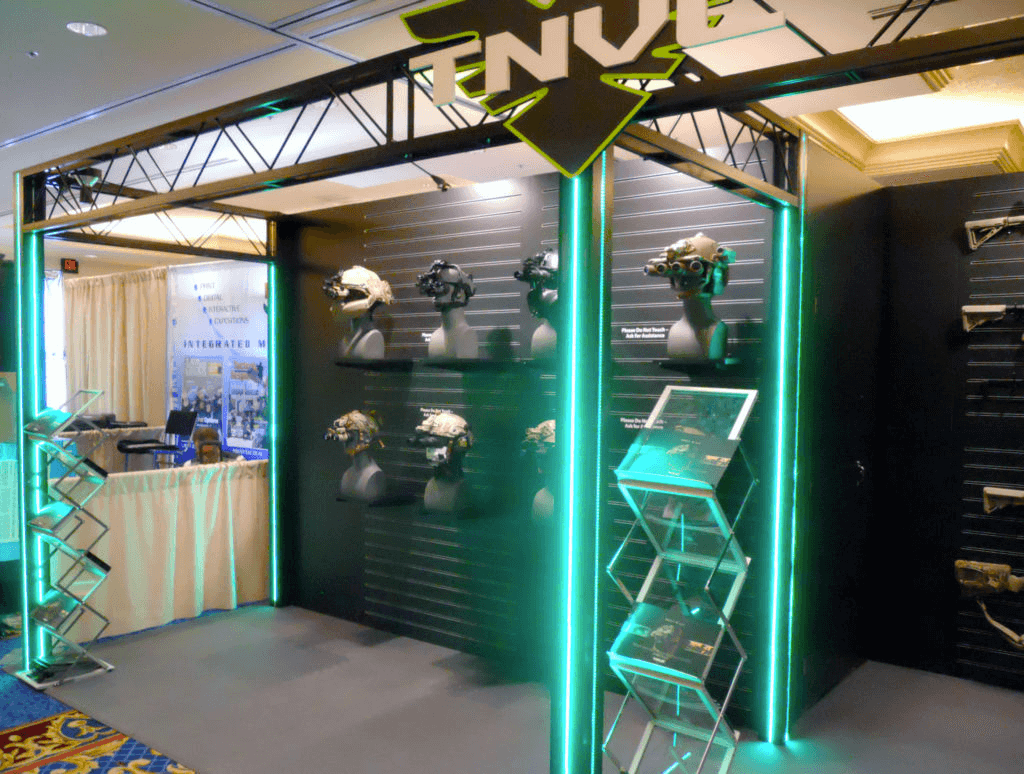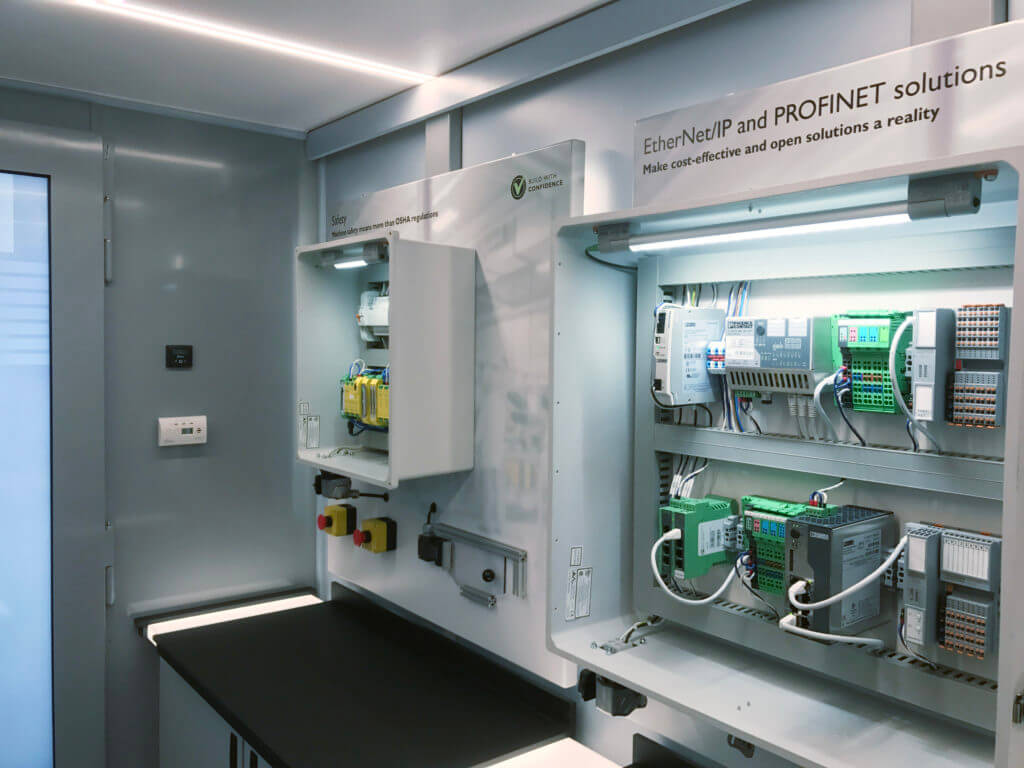It’s easy to fall into the trap of thinking that customers only want to shop online since it’s never been easier to click and buy. However, a recent consumer study showed that 85% of consumers still prefer to shop in a physical store when possible. People still value seeing, touching, and feeling a product, even if they plan to buy it online.
That explains why there’s been a surge of companies adjusting their retail strategies and creating a branded showroom. Gone are the days of showrooms being reserved just for products like cars. Instead, today’s showrooms are designed to blend what customers like about online transactions with what they enjoy about shopping in person.

What Is a Branded Showroom?
A branded showroom is a brick and mortar store that the customer visits, but it isn’t designed to sell the product right on the spot and send a buyer out with bags. Instead, retailers are showcasing their brand in the showroom and closing the sale online.
This retail model shifts the focus from what’s in stock at the store to what the customer experiences while in the store. Similar to branding a lobby space, your showroom is designed to make an immediate impression on visitors. It incorporates logos, signs, color schemes, and other visual elements to communicate the brand before your staff even speaks.
A Showroom Display Focuses on Experiences
Instead of worrying about replenishing products or assisting customers at the counter, a branded showroom allows your staff to prioritize talking with the customer. This increase in engagement creates a more personable and relevant shopping experience for each visitor.
Additionally, your brand becomes more transparent and trustworthy for consumers when they can explore it in person, without relying on others’ opinions. While it’s easy to access online reviews in mere seconds, it can be hard to determine which ones accurately represent a brand’s product. When you set up a showroom, you add another resource for your potential customers’ research journey.
Plus, in the long run, shoppers will remember how they felt walking through your branded space. When you create the right experience, it sparks a powerful emotional response that can last and persuade people to make repeat purchases.
What are the Benefits of a Showroom Display?
There are plenty of reasons retailers are jumping into designing branded showrooms. With the right design, you can:
- Catch visitors’ attention and boost brand awareness
- Reduce returns by allowing people to handle your product
- Tell the brand story through your staff
Some customers already visit traditional retail stores to see the product in person with the intent of going home to buy it online. The risk there is that they will interact with it in your store, but go order it elsewhere online. By setting up a showroom, your brand is simply evolving to benefit from current shopping behaviors while working to make sure you close the sale online.

Which Businesses Should Consider a Sales Showroom?
Lots of popular retailers have set up showrooms successfully, from giants like Nordstrom to e-commerce retailer Bonobos. Different business models that have found success include:
- Online retailers
- Start-up brands
- Luxury or high-end stores
- Department or chain stores
- Clothing or footwear retailers
No matter what type of business you have, you can still create a showroom that sells! Even Target set one up in San Francisco, creating a fake house exhibit with a real-world demo of smart home technology placed in different rooms. They used the space to allow shoppers to experience how the product worked so they could order online with confidence.
Have you been looking for a new way to revamp your sales? Or have you needed a way to boost brand recognition and increase your brand loyalty? A branded showroom could be the perfect approach to help you stand out and close the deal.
How to Open A Branded Showroom
Consider the following steps when looking to create a branded showroom:
1. Pinpoint your brand story
What should the brand story convey to your customers? If there’s a specific emotion you want them to feel about your brand, using storytelling is the perfect way to accomplish that.
2. Examine your space
What is the layout of your space? There should be room to keep enough items on hand for guests to explore. At the same time, you should also have enough open space for visitors to move comfortably.
3. Choose a color scheme
What should people feel when they walk through the door? Color schemes that tie into your signage play a large role in creating a mood that influences your customers.
4. Consider what visuals to use
What visual graphics should you use to create your branded environment? Consider what high-impact graphics, three-dimensional design, and interactive features you can add to engage customers.
5. Gather your resources
What capabilities do you have to put your showroom together? Do you need help with design work or assembly and teardown? It’s important to be honest with yourself about your team’s capabilities to create the showroom.

By outsourcing the work and partnering with professionals like Exhibit Studios, you’re more likely to end up with an effective showroom. You can rely on our team of experts to design it using their first-hand knowledge of what works. Plus, we have the technical abilities to set your showroom up so everything, including interactive technology, runs seamlessly when you open the doors.
